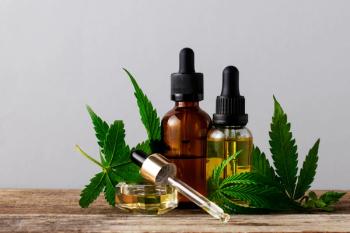
Scientists Attempt to Source Sea Salt
There are a host of volatile organic compounds (VOC) in sea salt that originate from several sources such as the surrounding plants, algae, bacteria and environmental pollution. A team of scientists from the University of Aveiro, one region where sea salt is produced, reasoned that the combination of VOC from the different local sources could be sufficient to create a unique fingerprint of the salt.
There are a host of volatile organic compounds (VOC) in sea salt that originate from several sources such as the surrounding plants, algae, bacteria and environmental pollution. A team of scientists from the University of Aveiro, one region where sea salt is produced, reasoned that the combination of VOC from the different local sources could be sufficient to create a unique fingerprint of the salt. In the first published study on VOC in marine salt, Silvia Rocha, Isabel Silva, and Manuel Coimbra tested their theory on salt collected from an Aveiro saltpan. The VOC were extracted by headspace solid-phase microextraction (SPME) using a Carbowax/divinylbenzene fibre, selected because it has a wide-ranging absorption capacity for compounds with different physicochemical properties.The extracted compounds were analysed by GC–MS after inserting the SPME fibre into the heated injection port for desorption. The GC capillary column was a DB-FFAP, consisting of nitroterephthalic acid-modified polyethylene glycol, operating under a temperature gradient. The eluting VOC were analysed by electron ionisation mass spectrometry and the compounds were identified from their retention times and mass spectra.
Both solid salt and a saturated aqueous solution were employed but the latter gave total GC peak areas 78% higher than those with solid salt. The improvement was explained in terms of the well-known salting-out effect which promotes the release of VOC into the headspace. The extraction temperature was optimised to 60°C with a saturated solution containing 16 g of salt in 40 mL water. Under these conditions, VOC belonging to several different classes were identified, including hydrocarbons, alcohols, aldehydes, ketones, esters, thioethers, terpenoids and norisoprenoids. In all, VOC were found that are known to originate from bacteria, algae, aquatic plants, aquatic fungi and pollution. Although no statistical analysis was carried out, the differences in VOC composition for each salt were sufficient to distinguish between sea salt from different geographical origins and Rocha recommended their use as biomarkers of sea salt.
Newsletter
Join the global community of analytical scientists who trust LCGC for insights on the latest techniques, trends, and expert solutions in chromatography.




